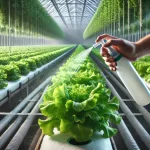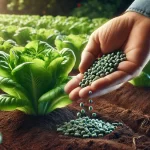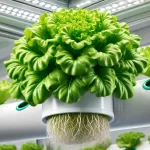Biotechnology and genetics have revolutionized agriculture, enabling the development of more resistant and productive lettuce varieties. These advances not only improve crop quality and yield but also contribute to sustainability and resilience against pests, diseases, and adverse climatic conditions. In this article, we explore recent progress in lettuce genetics, techniques used in its improvement, and the implications for growers and the horticultural industry.
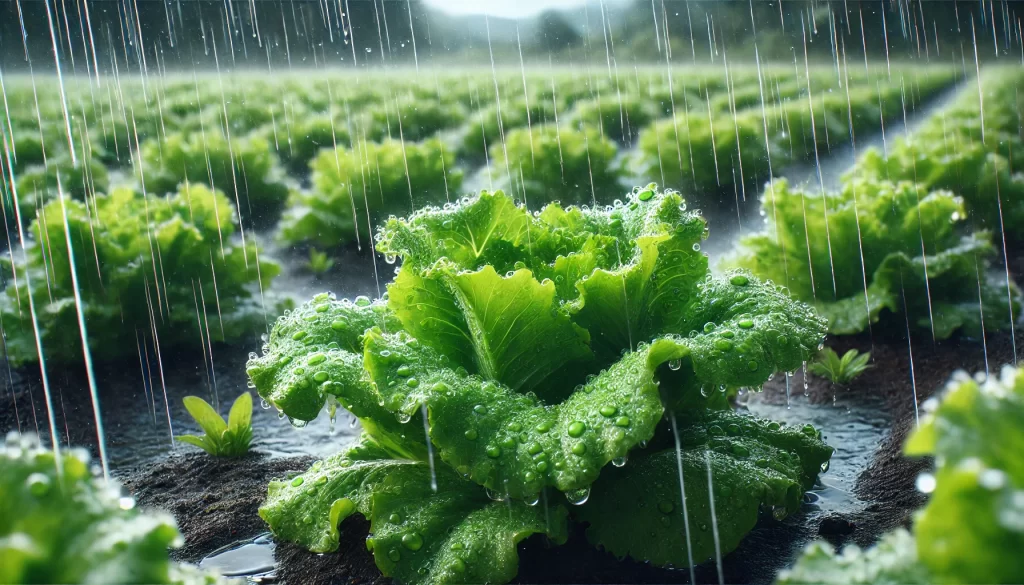
Traditional and Modern Genetic Improvement
Selection of Crosses and Conventional Breeding
For decades, lettuce breeders have used traditional methods of crossing and selection to develop varieties with desirable characteristics. These methods involve:
- Planned crosses: Combining genetics from different varieties to incorporate disease resistance and improve bulb quality.
- In-situ selection: Evaluating hybrids under different environmental conditions to identify those with the best performance.
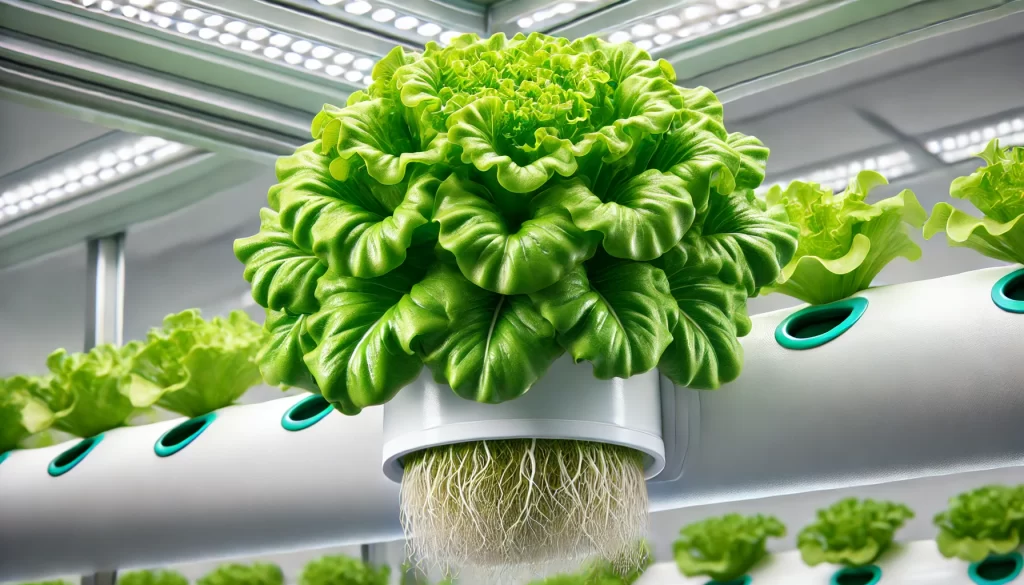
Biotechnology Techniques in Lettuce
Advances in biotechnology have enhanced lettuce breeding:
- Marker-assisted selection (MAS): Uses genetic markers to quickly identify and select plants with desired traits, accelerating the breeding process.
- Gene editing: Tools like CRISPR/Cas9 allow for the introduction or modification of specific genes to improve disease resistance, stress tolerance, and product quality without introducing DNA from other species.
Main Areas of Progress
Pest and Disease Resistance
Researchers have identified genes that confer resistance to common pests and fungal diseases. Incorporating these resistances reduces the dependence on pesticides, improves sustainability, and lowers production costs.
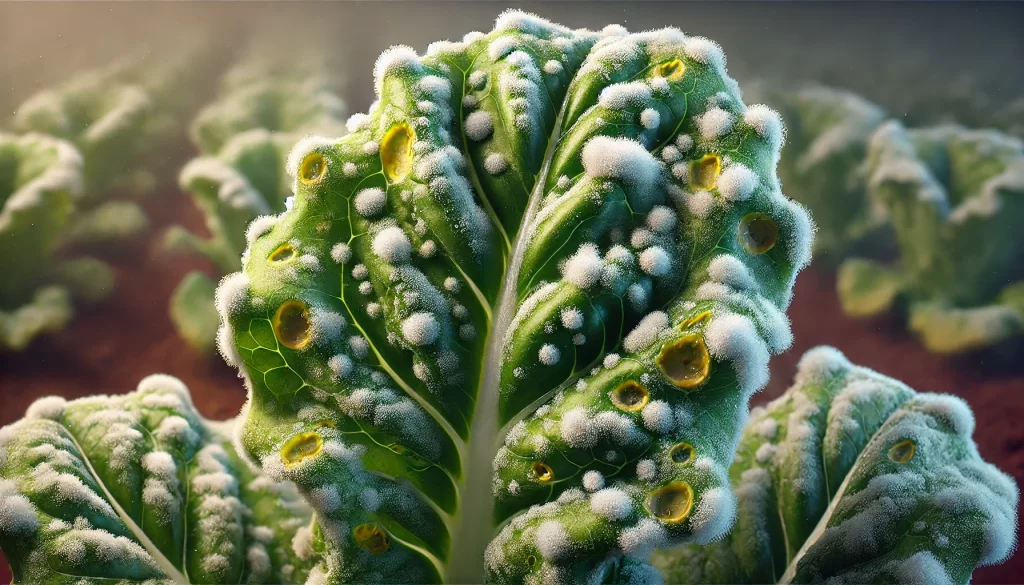
Improvement of Productivity and Quality
- Increased yield: Through genetic improvement, varieties with shorter growth cycles and higher production per hectare have been developed.
- Sensory and nutritional quality: Modern genetics allows for increasing the levels of antioxidants, vitamins, and minerals, improving the nutritional value of lettuce.
Tolerance to Adverse Conditions
Climate change demands varieties adapted to high temperatures, droughts, and saline soils. Gene editing and assisted selection have generated lettuces that show:
- Tolerance to water and heat stress: Ability to maintain robust growth under conditions of extreme heat or water scarcity.
- Adaptability to marginal soils: Improvement in nutrient absorption in less fertile soils.
Table of Genetic Techniques and Their Applications
| Technique | Main Application | Key Benefits |
|---|---|---|
| Marker-Assisted Selection (MAS) | Rapid identification of desirable traits | Acceleration of the breeding cycle |
| Gene Editing (CRISPR/Cas9) | Specific modification of genes for resistance and quality | Precision, reduction of time and costs |
| Traditional Hybridization | Combining characteristics of diverse varieties | Genetic diversity, regional adaptation |
| Tissue Biotechnology | Rapid propagation of genetically superior clones | Mass production of homogeneous plants |
Implications for the Industry and the Consumer
Advances in lettuce genetics provide multiple benefits:
- For growers: Reduction of losses due to diseases, increase in yield, and adaptation to variable climate conditions.
- For consumers: Availability of high-quality, more nutritious lettuce produced with sustainable practices.
Continuous genetic research promises more innovations, allowing for the development of varieties that adapt to future agricultural and food challenges.
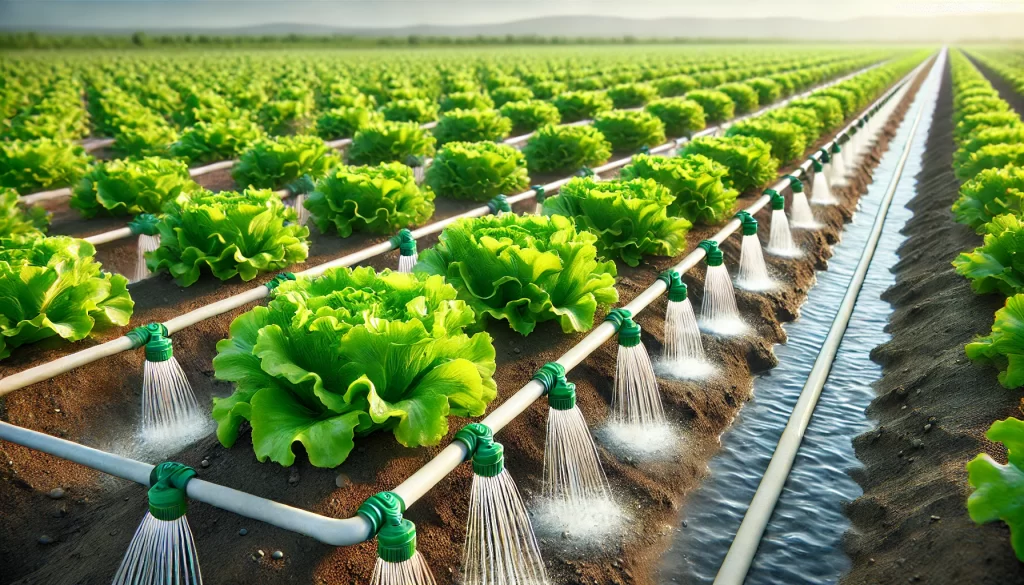
Conclusion
Lettuce genetics has advanced significantly, offering solutions to improve crop resistance, productivity, and quality. Modern tools such as marker-assisted selection and gene editing are transforming the way new varieties are developed, promoting more sustainable and efficient agriculture. These advances benefit growers and consumers, providing healthier lettuce adapted to the needs of the global market.
References
- Bai, Y., & Lindhout, P. (2007). Domestication and Breeding of Tomatoes: What have We Gained and What Can We Gain in the Future? Annals of Botany, 100(5), 1085–1094.
- Park, S.B., & Kim, G.-S. (2017). Advances in the Genetic Improvement of Leaf Lettuce. Horticulturae, 3(4), 39.
- Zhang, Q., et al. (2018). CRISPR/Cas9: A Tool for Genetic Improvement of Horticultural Crops. Frontiers in Plant Science, 9, 331.
 AgronoBlog – Agriculture Blog
AgronoBlog – Agriculture Blog 